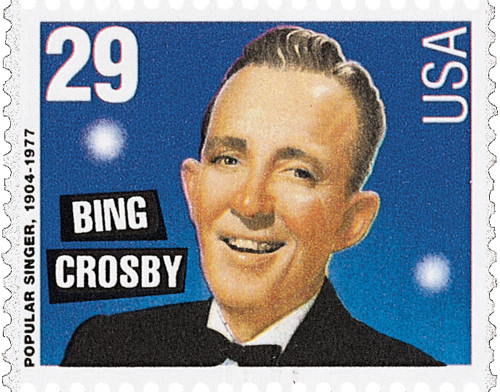
# 2849 - 1994 29c Popular Singers: Al Jolson
US #2849
1994 Al Jolson
- From the Popular Singers set
- Part of the Legends of American Music series
- Features five famous singers from the 20th century
Category of Stamp: Commemorative
Set: Legends of American Music series
Value: 29¢
First Day of Issue: September 1, 1994
First Day City: New York, New York
Quantity Issued: 35,436,000
Printed by: Stamp Venturers
Printing Method: Photogravure
Format: Panes of 20, from printing cylinders of 180 subjects (12 across, 15 down)
Perforations: 10.2 X 10.2
Reason the stamp was issued: The Popular Singers stamps were issued as part of the Legends of American Music series. They honor some of the most famous popular singers of the 20th century, including Al Jolson
About the stamp design: Artist and magazine illustrator C.F. Payne was chosen to create the artwork for the Popular Singers stamps. Using photos provided by the USPS, he produced color sketches, then painted the singers using acrylic, watercolor, ink, oil paint, colored pencils, and airbrush.
Special design details: The background colors were chosen to fade into one another to give a sense of continuity to the set.
First Day City: The First Day of Issue ceremony took place at Damrosch Park in New York City. Family members and friends of those honored on the stamps were present at the ceremony. The ceremony also launched the US Postal Service’s month-long American Music Stamp Festival.
About the Legends of American Music Series: The Legends of American Music Series debuted on January 8, 1993, and ran until September 21, 1999. The stamps were issued in semi-jumbo size. The name of each performer is in white letters, sometimes on a black background to make it stand out. The name of the set is shown running up the left side of the stamp.
More than 90 artists are represented from all styles of music: rock ‘n’ roll, rhythm and blues, country and western, jazz and pop, opera and classical, gospel and folk. In addition to individual singers and Broadway musicals, subjects include band leaders, classical composers, Hollywood songwriters and composers, conductors, lyricists, and more. The Legends of American Music Series was a huge advancement for diversity because it honored many Black and female artists.
History the stamp represents:
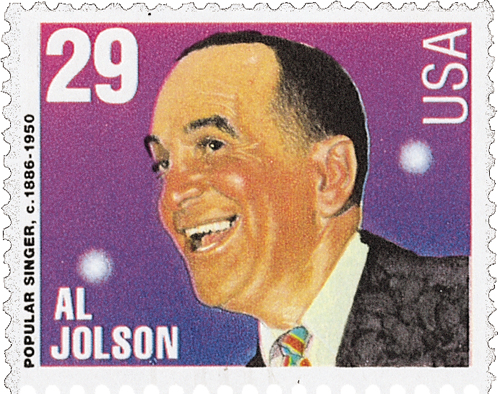
Asa "Al" Jolson said he didn't know when he was born, but later in life claimed his birth date was May 26, 1886. Born in Yoelson in Srednike, Lithuania, Jolson and his family moved to Washington, DC, in 1894 as his father wanted to provide a better life for his children. After his mother's death in 1895, Jolson was heartbroken and withdrawn for several months. But that same year, he and his brother discovered show business and were immediately drawn to it.
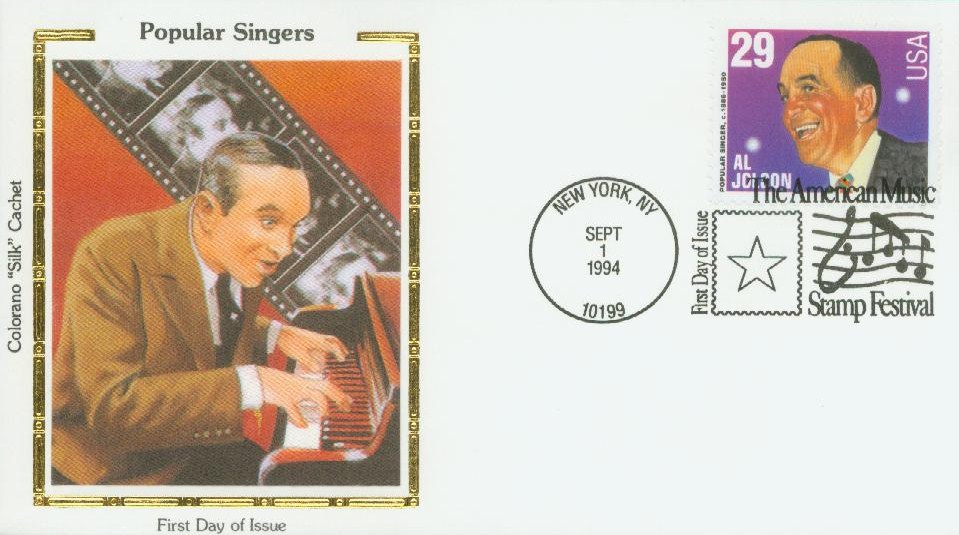
By 1897, Jolson and his brother were singing on street corners for money, which they then used to watch shows at the National Theater. In 1902, Jolson got a job as an usher with a circus, but he impressed the owner with his singing and was allowed to sing during some of the segments. However, the circus folded later that year. Jolson went on to join a burlesque show, but that also closed down. Jolson then joined his brother in a vaudeville partnership.
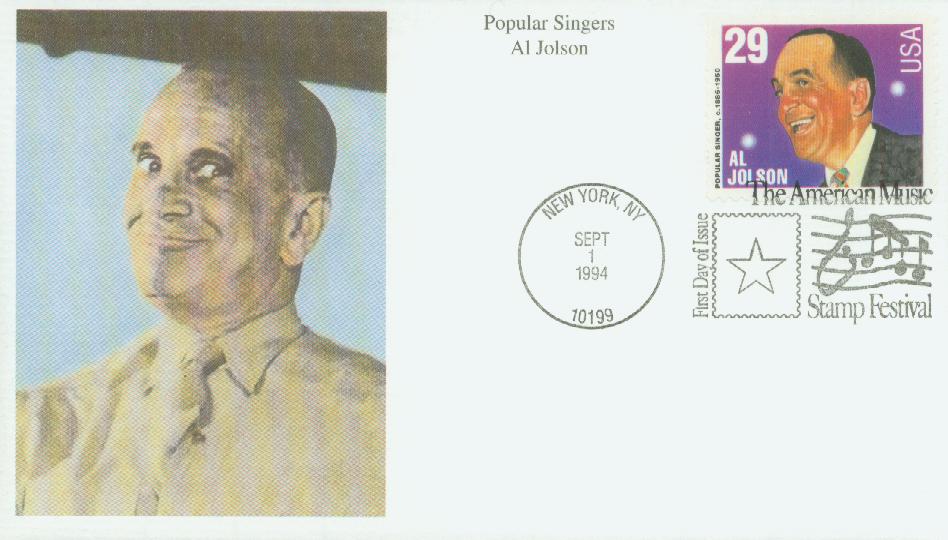
Over the next few years, the Jolson brothers and Joe Palmer toured the nation on their own successful vaudeville show. By 1909, they had split up, but Jolson joined a minstrel group. His exuberant singing style and personal magnetism made him a favorite with audiences and in 1911 he made his Broadway debut in La Belle Paree. That helped to kick-start his singing career. After that, Jolson appeared in a number of musicals. It was during the production of Sinbad in 1918 that he made the Gershwin tune "Swanee" his trademark number.
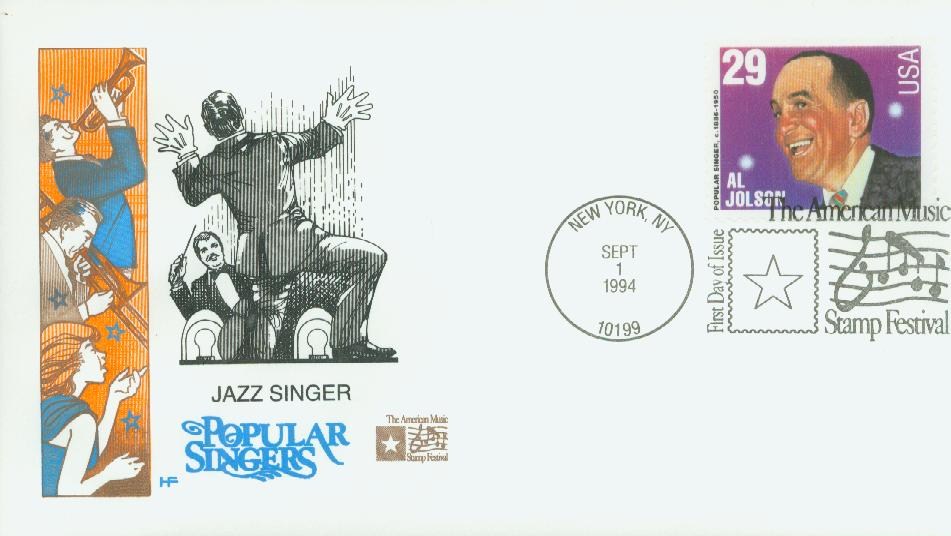
In 1921, Jolson starred in Bombo in a newly built theater named after him (Jolson's 59th Street Theatre.) At age 35, he was the youngest man in America with a theater named after him. Despite suffering from crippling stage fright that night, Jolson wowed the audience and made 37 curtain calls telling the audience, "I'm a happy man tonight." The following year, he moved the play to a larger theater for a benefit concert for Jewish veterans of World War I.
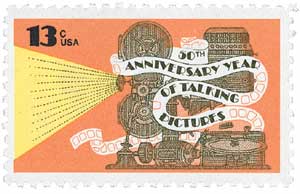
In 1927, the "king of pop" made film history when he starred in The Jazz Singer. The first feature film with synchronized speech, music, and sound effects, this picture revolutionized the motion picture industry and marked the end of the silent film era. Throughout the 1920s and '30s Jolson continued to appear in films, and in 1946 the story of his life was filmed in The Jolson Story. A sequel, Jolson Sings Again, was filmed in 1949.
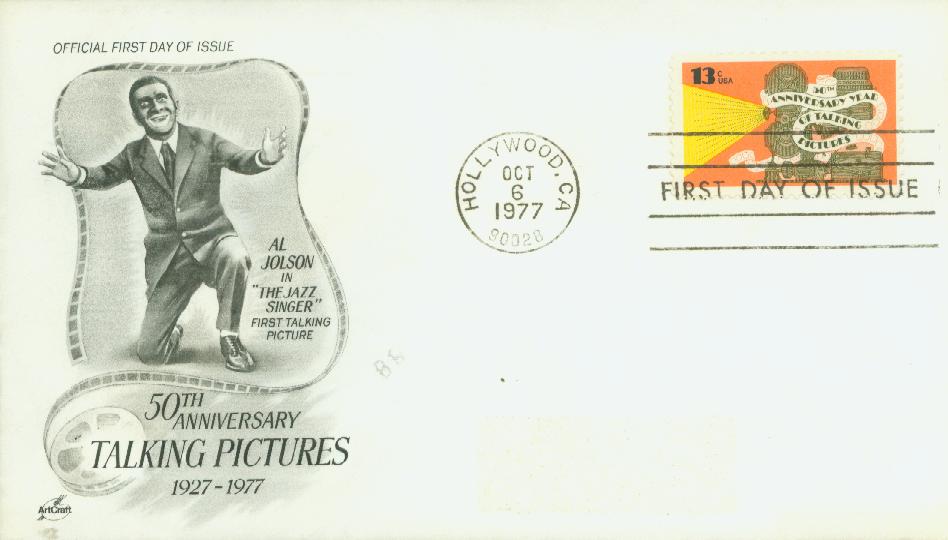
Shortly after the Japanese attack on Pearl Harbor, Jolson felt compelled to provide American soldiers with entertainment. He wrote a letter to President Roosevelt's press secretary volunteering, "to head a committee for the entertainment of soldiers." A few weeks later, the USO was formed based on his suggestion and he received his first tour schedule. Jolson was then the first star to perform for American servicemen overseas during the war. He would go on to do up to four shows a day all over the world throughout the war.
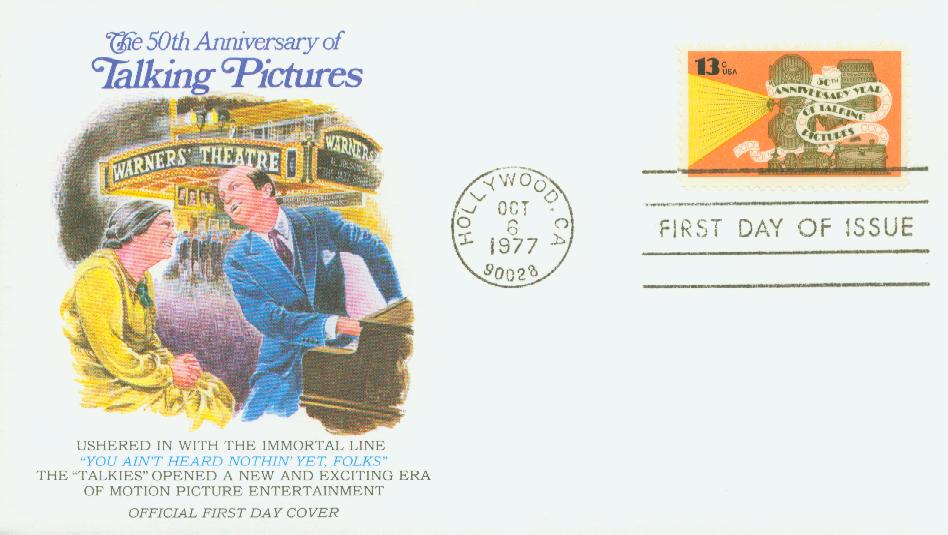
At the outbreak of hostilities for the Korean War, Jolson again wrote to the president offering his services. After four weeks he received a letter that no funds were available and the USO was disbanded. Using his own money, he flew himself to Korea and put on 42 shows in 16 days. However, Jolson, who'd had a lung removed years earlier, had overexerted himself and he died not long after returning home, on October 23, 1950. George Marshall posthumously awarded him the Medal of Merit. For much of his career, Jolson was considered "The World's Greatest Entertainer" and influenced several generations of singers that followed him.
US #2849
1994 Al Jolson
- From the Popular Singers set
- Part of the Legends of American Music series
- Features five famous singers from the 20th century
Category of Stamp: Commemorative
Set: Legends of American Music series
Value: 29¢
First Day of Issue: September 1, 1994
First Day City: New York, New York
Quantity Issued: 35,436,000
Printed by: Stamp Venturers
Printing Method: Photogravure
Format: Panes of 20, from printing cylinders of 180 subjects (12 across, 15 down)
Perforations: 10.2 X 10.2
Reason the stamp was issued: The Popular Singers stamps were issued as part of the Legends of American Music series. They honor some of the most famous popular singers of the 20th century, including Al Jolson
About the stamp design: Artist and magazine illustrator C.F. Payne was chosen to create the artwork for the Popular Singers stamps. Using photos provided by the USPS, he produced color sketches, then painted the singers using acrylic, watercolor, ink, oil paint, colored pencils, and airbrush.
Special design details: The background colors were chosen to fade into one another to give a sense of continuity to the set.
First Day City: The First Day of Issue ceremony took place at Damrosch Park in New York City. Family members and friends of those honored on the stamps were present at the ceremony. The ceremony also launched the US Postal Service’s month-long American Music Stamp Festival.
About the Legends of American Music Series: The Legends of American Music Series debuted on January 8, 1993, and ran until September 21, 1999. The stamps were issued in semi-jumbo size. The name of each performer is in white letters, sometimes on a black background to make it stand out. The name of the set is shown running up the left side of the stamp.
More than 90 artists are represented from all styles of music: rock ‘n’ roll, rhythm and blues, country and western, jazz and pop, opera and classical, gospel and folk. In addition to individual singers and Broadway musicals, subjects include band leaders, classical composers, Hollywood songwriters and composers, conductors, lyricists, and more. The Legends of American Music Series was a huge advancement for diversity because it honored many Black and female artists.
History the stamp represents:

Asa "Al" Jolson said he didn't know when he was born, but later in life claimed his birth date was May 26, 1886. Born in Yoelson in Srednike, Lithuania, Jolson and his family moved to Washington, DC, in 1894 as his father wanted to provide a better life for his children. After his mother's death in 1895, Jolson was heartbroken and withdrawn for several months. But that same year, he and his brother discovered show business and were immediately drawn to it.

By 1897, Jolson and his brother were singing on street corners for money, which they then used to watch shows at the National Theater. In 1902, Jolson got a job as an usher with a circus, but he impressed the owner with his singing and was allowed to sing during some of the segments. However, the circus folded later that year. Jolson went on to join a burlesque show, but that also closed down. Jolson then joined his brother in a vaudeville partnership.

Over the next few years, the Jolson brothers and Joe Palmer toured the nation on their own successful vaudeville show. By 1909, they had split up, but Jolson joined a minstrel group. His exuberant singing style and personal magnetism made him a favorite with audiences and in 1911 he made his Broadway debut in La Belle Paree. That helped to kick-start his singing career. After that, Jolson appeared in a number of musicals. It was during the production of Sinbad in 1918 that he made the Gershwin tune "Swanee" his trademark number.

In 1921, Jolson starred in Bombo in a newly built theater named after him (Jolson's 59th Street Theatre.) At age 35, he was the youngest man in America with a theater named after him. Despite suffering from crippling stage fright that night, Jolson wowed the audience and made 37 curtain calls telling the audience, "I'm a happy man tonight." The following year, he moved the play to a larger theater for a benefit concert for Jewish veterans of World War I.

In 1927, the "king of pop" made film history when he starred in The Jazz Singer. The first feature film with synchronized speech, music, and sound effects, this picture revolutionized the motion picture industry and marked the end of the silent film era. Throughout the 1920s and '30s Jolson continued to appear in films, and in 1946 the story of his life was filmed in The Jolson Story. A sequel, Jolson Sings Again, was filmed in 1949.

Shortly after the Japanese attack on Pearl Harbor, Jolson felt compelled to provide American soldiers with entertainment. He wrote a letter to President Roosevelt's press secretary volunteering, "to head a committee for the entertainment of soldiers." A few weeks later, the USO was formed based on his suggestion and he received his first tour schedule. Jolson was then the first star to perform for American servicemen overseas during the war. He would go on to do up to four shows a day all over the world throughout the war.

At the outbreak of hostilities for the Korean War, Jolson again wrote to the president offering his services. After four weeks he received a letter that no funds were available and the USO was disbanded. Using his own money, he flew himself to Korea and put on 42 shows in 16 days. However, Jolson, who'd had a lung removed years earlier, had overexerted himself and he died not long after returning home, on October 23, 1950. George Marshall posthumously awarded him the Medal of Merit. For much of his career, Jolson was considered "The World's Greatest Entertainer" and influenced several generations of singers that followed him.












